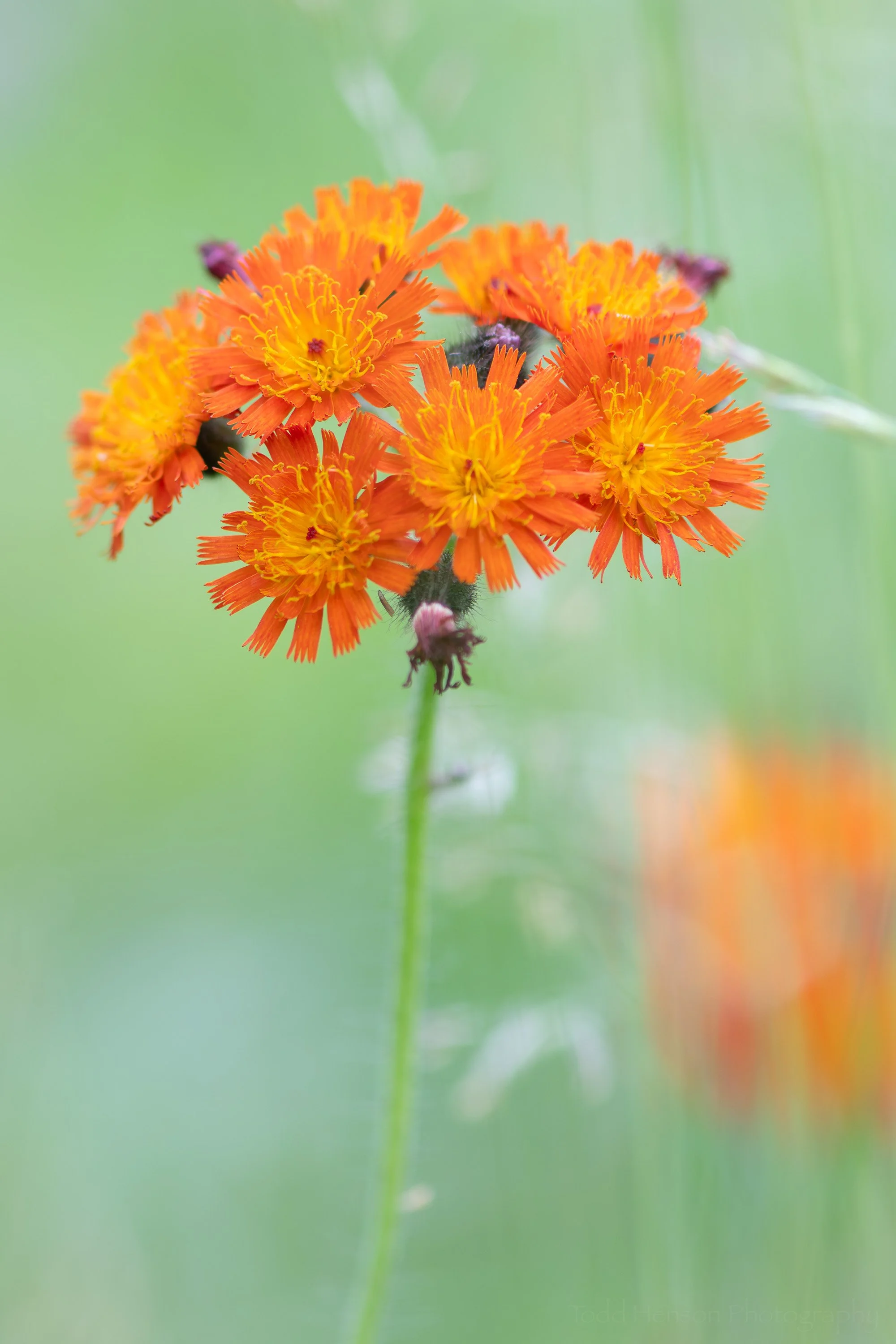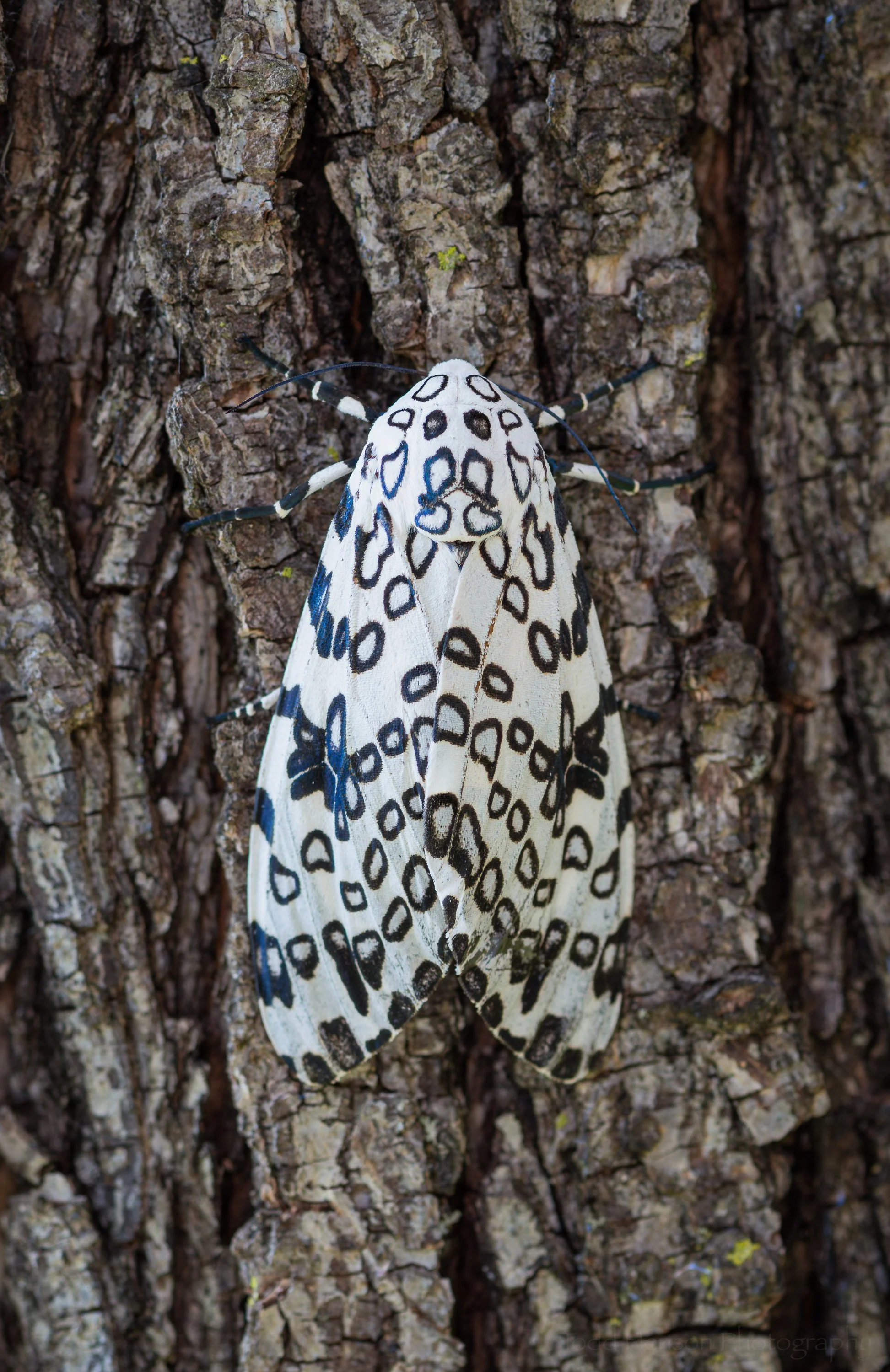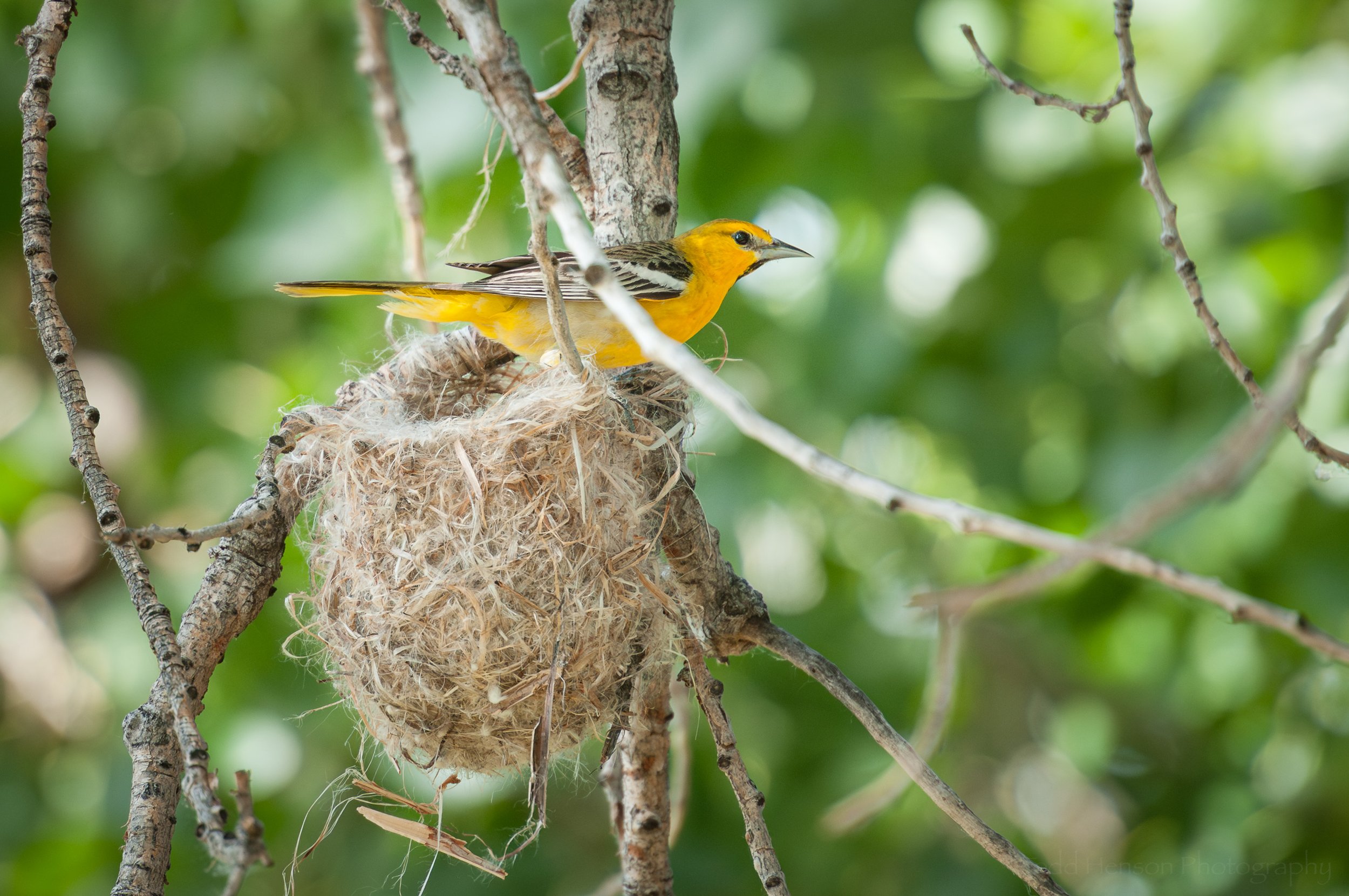Mid-November oak leaves
My father and I went for a very nice hike this past weekend along the Farms to Forest Trail Loop in Prince William Forest Park in Virginia. It’s a beautiful location with some forested hilly terrain and a small creek that feeds into Quantico Creek at the end of the loop. Being mid-November most of the leaves had fallen from the trees, though there were still some stragglers. This section of trail is known for having many red oak trees and I kept noticing their leaves, so I decided to photograph a few.
Would you believe I just happened to find this fantastic arrangement of three oak leaves resting on a fallen tree? Well… you shouldn’t! This is one of those less common cases where I arranged a photo to show you the leaves. Of course, it was an extremely windy day so just as I set one leaf down and tried to place a second the first was lifted up by the wind. Eventually I managed to get them all down and snap a quick photo. When I got back home I noticed I didn’t even manage to photograph the same side of each leaf! The left-most leaf is the front side whereas the other two are the backside. Oh well. 😃
What I was drawn to was the variety of color in the leaves, one red, one brown, and one green, all found right in the same spot. I believe the left and right are red oak. The middle may be black oak, as it’s not quite as narrow and pointy as the red, but I’m not certain. If you look closely at the leaves at the top and bottom you’ll also see white oak and American beech (and possibly others I missed).
And finally, another example of red oak, this time the top of the tree set off against the blue sky. Not an award winning photograph, by any means, but it shows the beautiful red leaves of red oak in autumn.
Red oak blue sky
Do you enjoy these posts?
Sign up to receive periodic emails with updates and thoughts. Don’t worry, I won’t spam you. And please consider purchasing artwork or products from my online store, and using my affiliate links in the sidebar to the right when shopping online.
I appreciate your support!

























